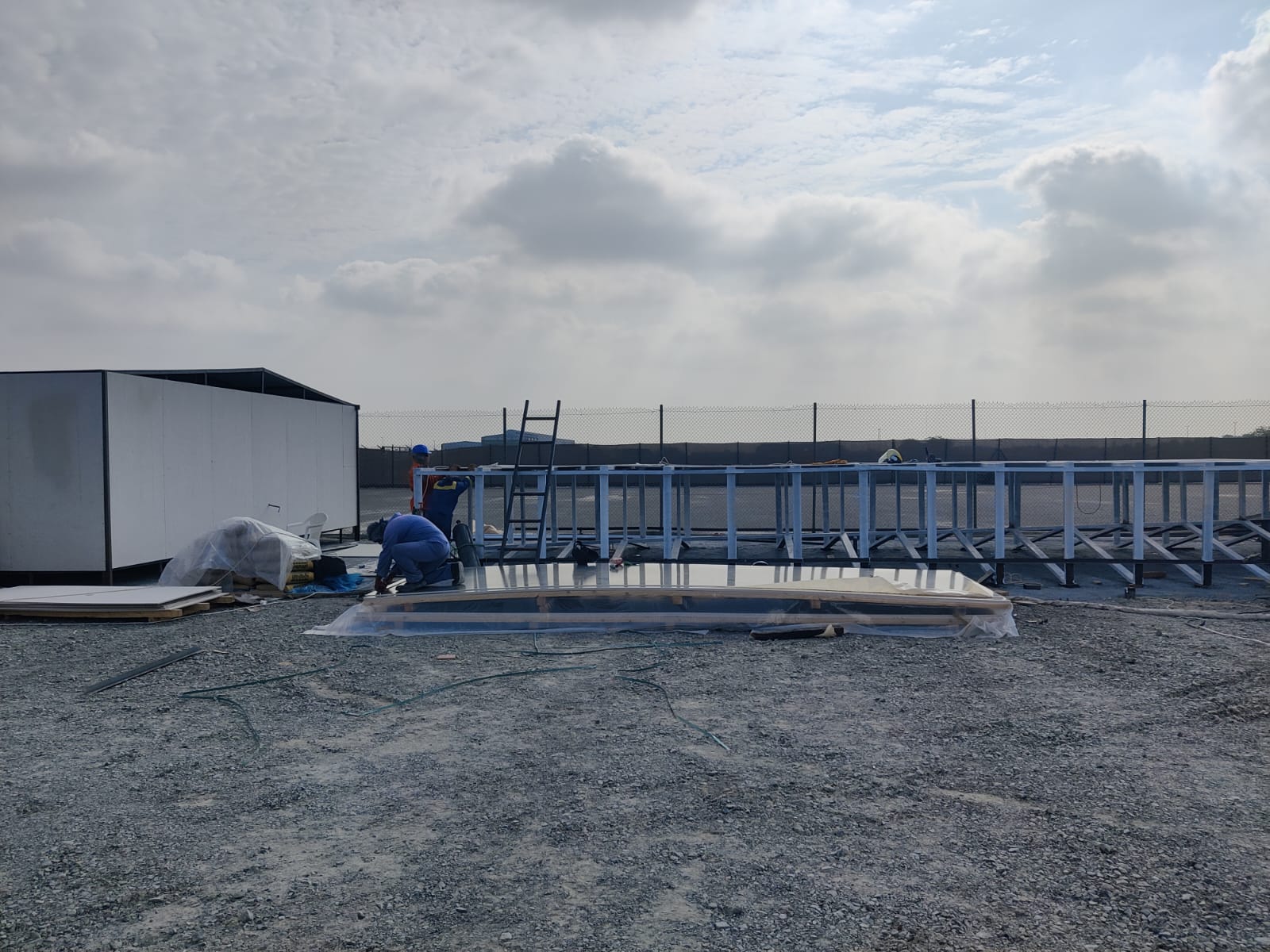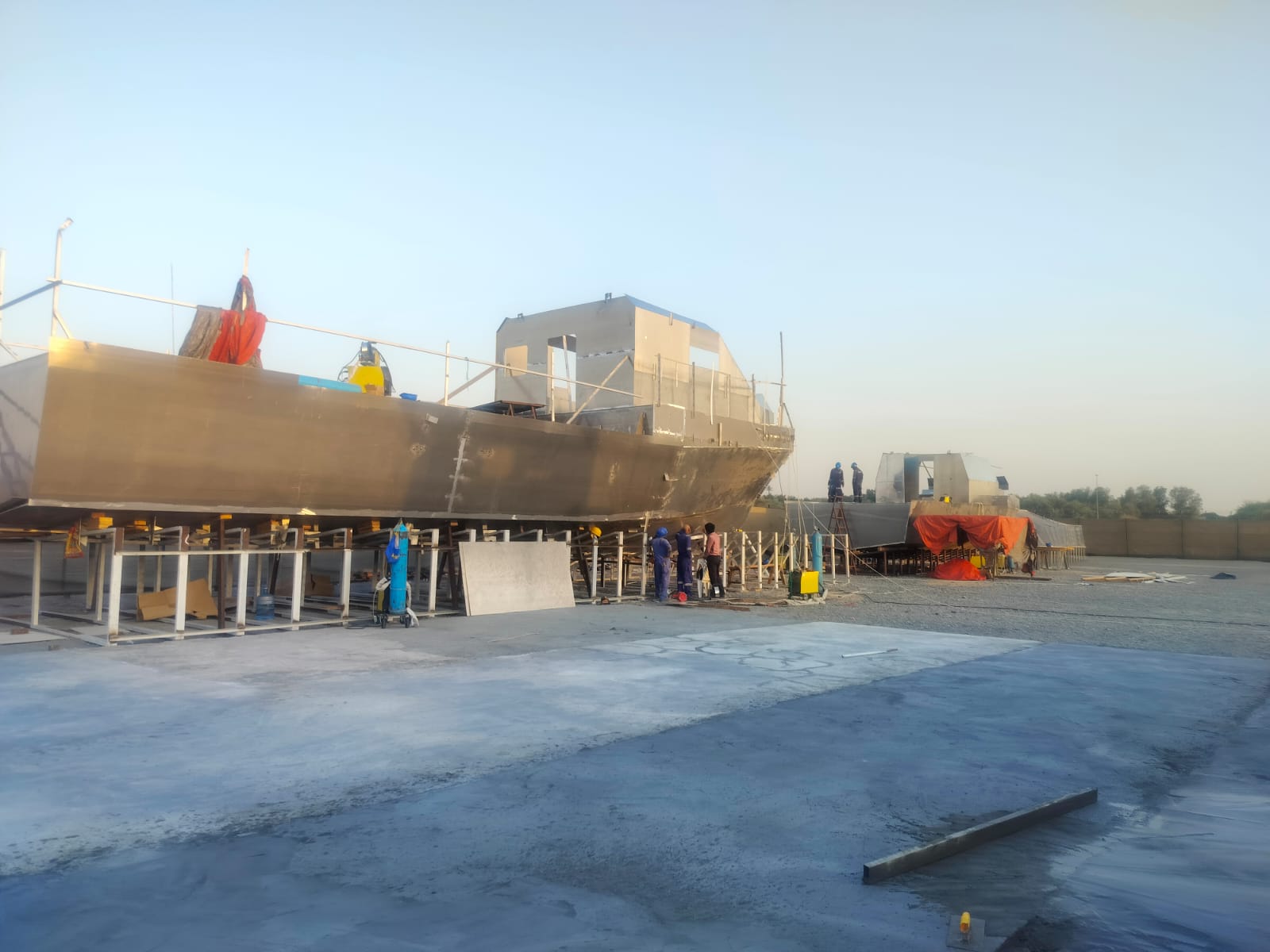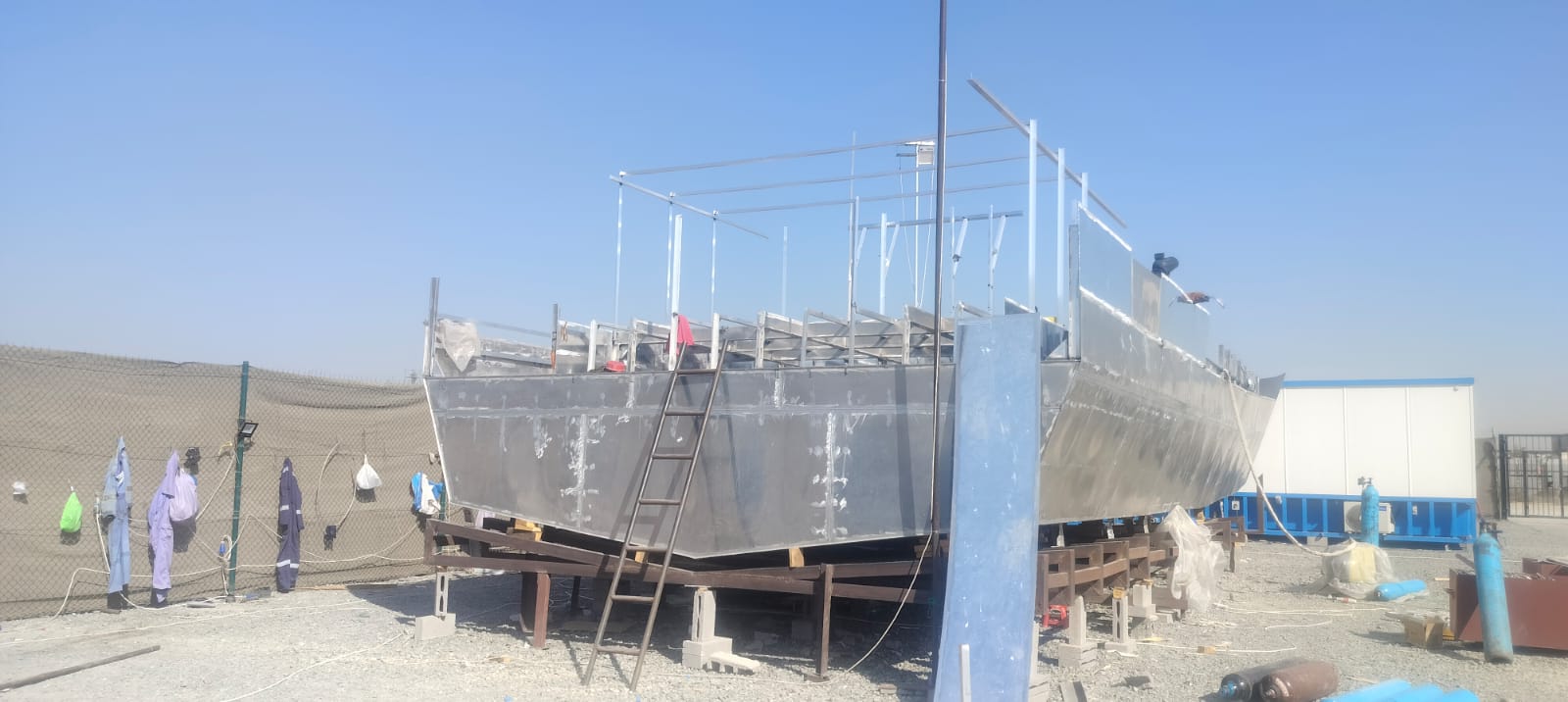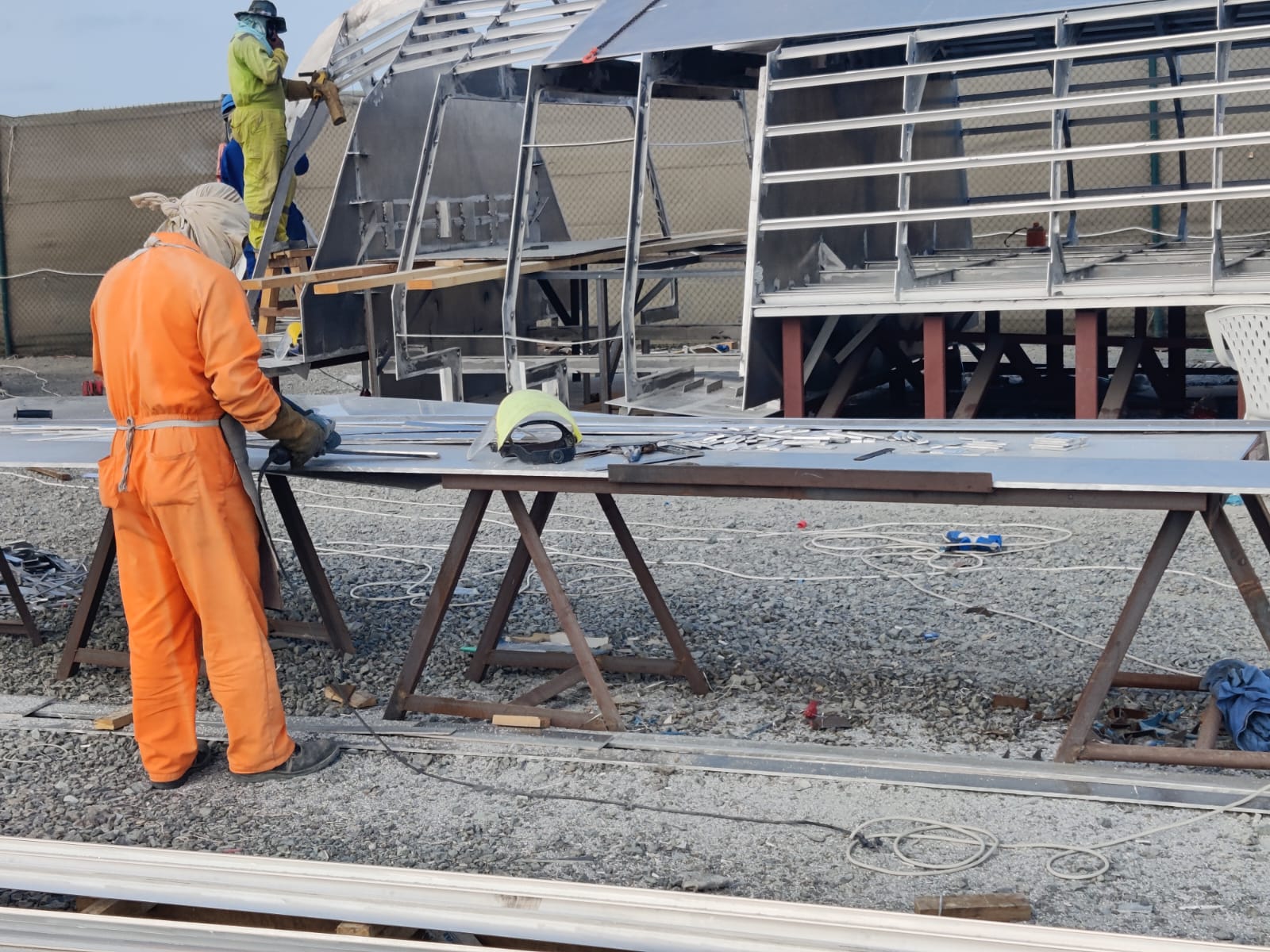"How Aluminum Barge Manufacturers Ensure Quality and Durability"
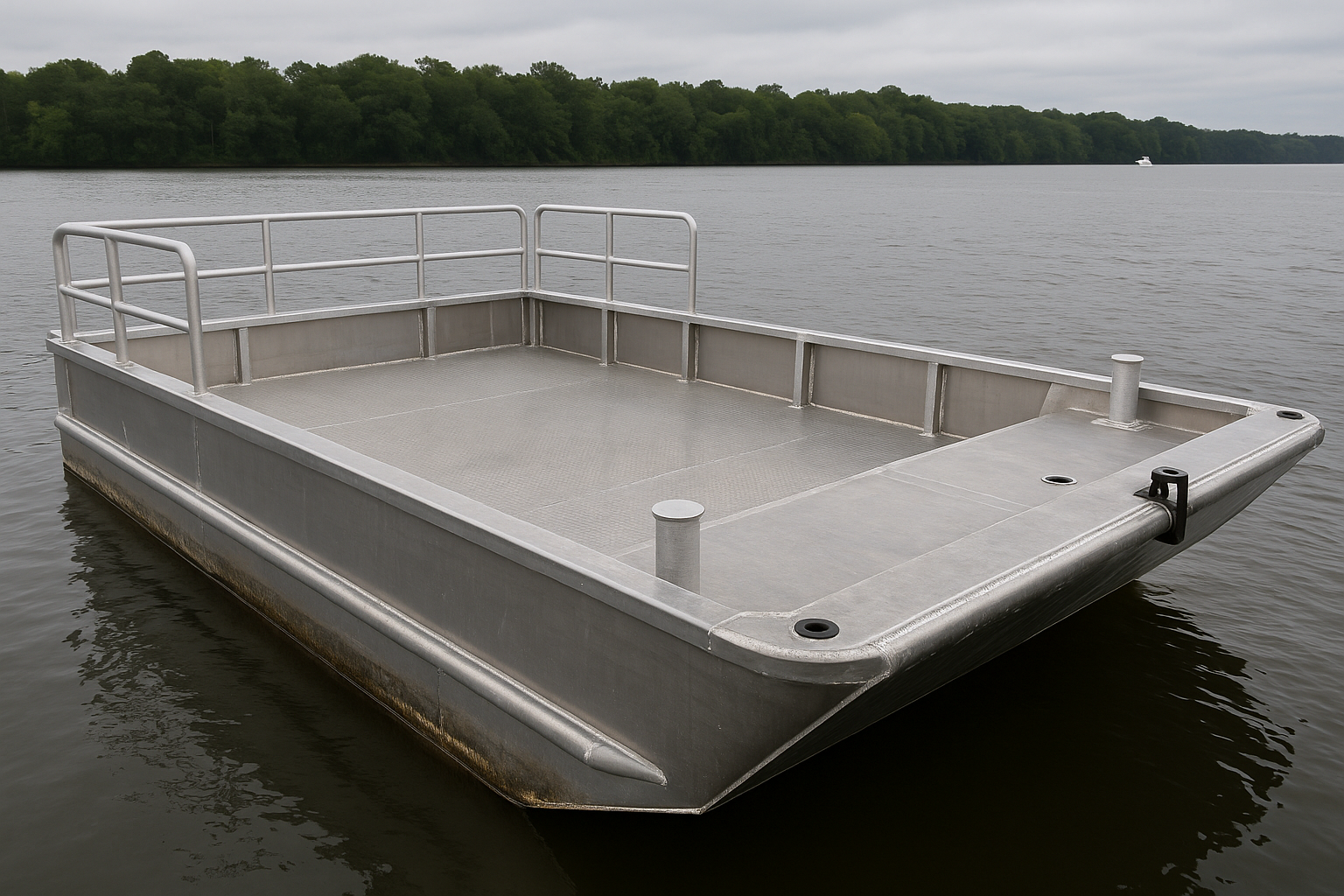
Strong 8k brings an ultra-HD IPTV experience to your living room and your pocket.
Aluminum barges are everywhere—from transporting equipment on construction sites to supporting tourism and marine logistics. They’re popular for a reason: they’re strong, lightweight, and they hold up well in rough environments. But if you’ve ever wondered how aluminum barge builders actually make these workhorses so reliable, you’re in the right place.
This article breaks down the process behind the scenes—how these barges are built, tested, and customized to keep performing year after year.
1. It Starts With the Right Aluminum
The secret to a durable barge is using the right kind of aluminum. Most aluminium barge manufacturers stick to marine-grade alloys like 5052 and 5086. These aren’t your average metals—they’re made to resist corrosion, especially from saltwater.
- 5052 is great for parts like flooring or interior panels. It’s easy to weld and holds up against rust.
- 5086 is stronger and tougher, perfect for building hulls and structural sections.
Quick fact: 5086 aluminum can handle up to 55,000 psi of tensile strength. That’s serious power, especially when a barge is carrying 30,000+ pounds across the water.
2. Welding: Where Strength Meets Skill
Even the best materials can fail if they’re not put together properly. Welding is one of the most critical parts of barge construction.
Manufacturers typically use two welding techniques:
- MIG welding: Fast and ideal for big production jobs.
- TIG welding: Slower but cleaner and more precise—used on critical joints and finishing touches.
One bad weld can weaken a structure by nearly a third. That’s why skilled welders (or robotic welders in bigger shops) follow strict quality procedures to make sure every joint is strong and leak-free.
3. Smart Design with Real-World Simulation
Before anything is physically built, engineers create detailed 3D models of the barge. These digital simulations test everything from how much weight the barge can handle to how it moves through water.
Two key tools they use:
- Finite Element Analysis (FEA): Highlights stress points so materials can be reinforced where needed.
- Hydrodynamic simulations: Test how the barge reacts to waves and currents for better stability.
Then comes the physical testing—loading the prototype with weight, checking for flex, balance, and flotation to make sure it can handle real-world use.
4. More Protection Means Longer Life
Aluminum naturally resists rust, but extra protection goes a long way—especially in saltwater.
Here’s how builders extend the life of a barge:
- Anodizing: An electrochemical treatment that toughens the surface and boosts corrosion resistance.
- Special marine paints and sealants: These add UV protection and help the barge look good while taking a beating from the sun and sea.
- Sacrificial anodes (made from zinc or magnesium) are sometimes added to protect underwater parts from electrochemical corrosion.
These steps add years to a barge’s life.
5. Quality Checks Every Step of the Way
Good barges aren’t built by accident. Reputable manufacturers run tight quality control systems from start to finish.
Most follow global standards like:
- ISO 9001: A framework that ensures consistency and reliability.
- ABS or DNV-GL certification: Required for commercial or industrial-grade vessels.
Each barge goes through inspections at multiple stages: material selection, welding, structural testing, and final walkthroughs before delivery.
Industry stat: Manufacturers with certified QA programs report nearly 30% fewer maintenance problems within the first five years.
6. Built to Fit Your Job
A great barge building company doesn’t just offer one-size-fits-all products. They take time to understand your operation and customize the barge to match.
Common requests include:
- Extra reinforcement for carrying heavy machinery
- Modular decks for easy transport or reassembly
- Railings, tie-down points, or winch mounts for safety
- Motor mounts and fuel systems, if mobility is needed
Customization makes the barge more efficient and safer for the specific job it’s built to do.
7. Tested Against the Elements
Manufacturers don’t just test their barges in labs—they expose them to real-world conditions before they’re approved.
Typical tests include:
- Saltwater submersion: To check for corrosion resistance
- UV and weather testing: To simulate long-term outdoor exposure
- Impact resistance: To see how well the barge can take hits
This kind of field testing weeds out weak designs before they ever hit the water.
8. Ongoing Support After Delivery
The best manufacturers don’t vanish after the sale. They provide owners with everything needed to keep the barge running smoothly for years:
- Maintenance guides and schedules
- Help finding replacement parts
- Support for repairs and upgrades
- Even training sessions for your team
This kind of support protects your investment and extends the life of your barge significantly.
Final Thoughts
Aluminum barges are more than floating platforms—they’re workhorses that handle heavy jobs in tough environments. That kind of performance doesn’t happen by luck. It takes smart design, skilled labor, top-tier materials, and a lot of testing.
If you're sourcing a barge, choosing experienced professionals makes all the difference. They don’t just build to spec—they build for the long haul.
Bottom line: With the right care and construction, an aluminum barge can easily last 25 to 40 years, offering serious value over time.
Note: IndiBlogHub features both user-submitted and editorial content. We do not verify third-party contributions. Read our Disclaimer and Privacy Policyfor details.



